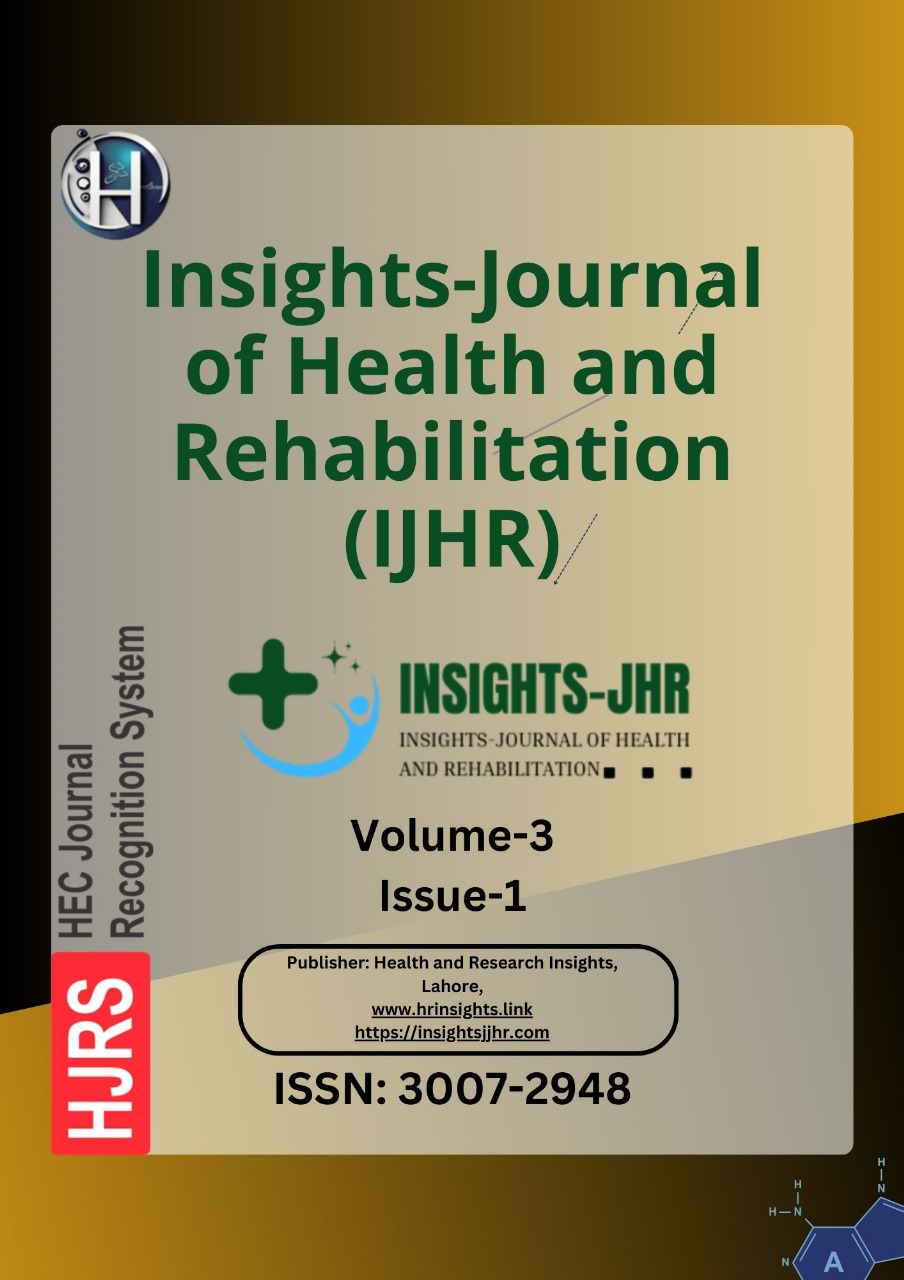A PROSPECTIVE OBSERVATIONAL STUDY ON ASSESSMENT OF VALUE OF MODIFIED RMI IN PRE-OPERATIVE DISCRIMINATIONBETWEEN BENIGN AND MALIGNANT ADNEXAL MASSES
DOI:
https://doi.org/10.71000/cq55hv25Keywords:
Adnexal mass, Doppler ultrasound, Malignancy risk, Ovarian cancer, Preoperative diagnosis, Risk of Malignancy Index, UltrasoundAbstract
Background: Adnexal masses present a diagnostic challenge, requiring accurate differentiation between benign and malignant lesions for optimal management. Ovarian cancer remains a leading cause of gynecologic cancer mortality, often diagnosed in advanced stages due to the absence of early symptoms. The Risk of Malignancy Index (RMI) combines ultrasound findings, menopausal status, and CA-125 levels to aid clinical decision-making. However, its predictive accuracy remains suboptimal. Incorporating Doppler blood flow analysis into the scoring system (RMI-5) has been proposed to enhance diagnostic performance.
Objective: This study aimed to evaluate the diagnostic accuracy of RMI models, particularly RMI-5, in differentiating benign and malignant adnexal masses.
Methods: A prospective observational study was conducted at a tertiary care hospital over 12 months, enrolling 102 patients with adnexal masses. Patients underwent preoperative assessment, including transabdominal and transvaginal ultrasound with Doppler imaging and serum CA-125 measurement. RMI-1, RMI-2, RMI-3, RMI-4, and RMI-5 scores were calculated and compared with histopathological findings. Diagnostic accuracy was assessed using sensitivity, specificity, positive predictive value (PPV), negative predictive value (NPV), and receiver operating characteristic (ROC) curve analysis.
Results: Histopathological analysis confirmed malignancy in 32.4% of cases. RMI-1 demonstrated the highest sensitivity (90.9%) but low specificity (15.9%), while RMI-3 had the highest specificity (69.6%) but lower sensitivity (39.4%). The addition of Doppler blood flow parameters in RMI-5 did not significantly improve diagnostic accuracy. ROC analysis showed no substantial advantage of RMI-5 over existing models.
Conclusion: Although RMI remains a useful tool for risk stratification, the integration of Doppler blood flow analysis did not significantly enhance diagnostic accuracy. Further research is needed to refine predictive models and improve non-invasive preoperative assessments.
Downloads
Published
Issue
Section
License
Copyright (c) 2025 Bisma Shaikh, Haleema Yasmin, Nighat, Hira Jam, Farzana (Author)

This work is licensed under a Creative Commons Attribution-NonCommercial-NoDerivatives 4.0 International License.







